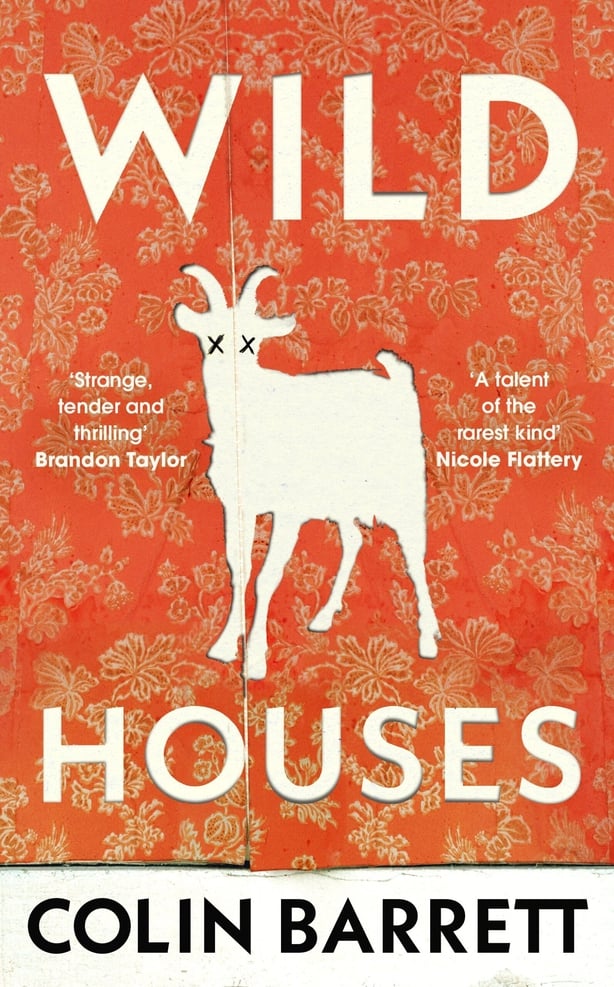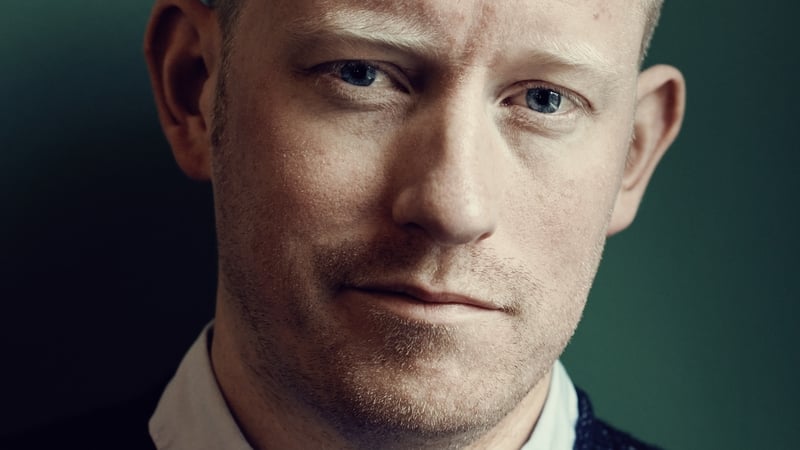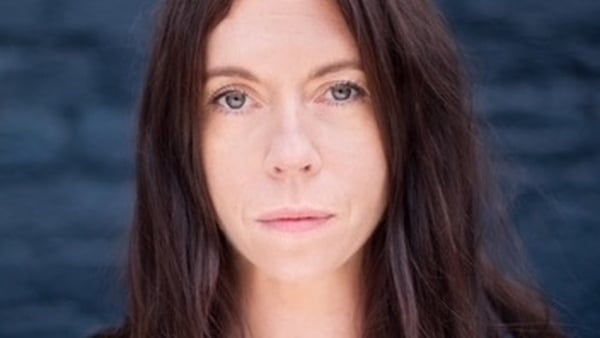It’s often hard to believe the hype on social media, but occasionally there comes a book which warrants all the praise it’s receiving. The debut novel from Mayo writer Colin Barrett is one such book.
Barrett is one of a set of Irish writers that have – rightly – 'made it’ in the States, with his short fiction published in literary institutions like the New Yorker. His debut short story collection, Young Skins, was released in 2014 to critical acclaim, winning the Rooney Prize for Literature, the Guardian First Book Award, and the Frank O’Connor International Short Story Award. A story from the collection, Calm with Horses, was adapted for the screen with a cast that included now Oscar-nominated actor Barry Keoghan.
Just last year, Barrett released his follow up collection Homesickness, which was selected as a Book of Year by the Irish Times, Oprah Daily, and the New York Times. For any other author, this would be a hard act to follow, but it’s no bother to Barrett. In Wild Houses, he takes on a new challenge by venturing into longer form fiction, but to the surprise of nobody, it’s a triumph.
Wild Houses builds on Barrett’s signature gritty, rural Ireland realism. Violence and circumstance collide over one weekend, when an unpaid drug debt spurs the Ferdia brothers to kidnap Doll English, the younger brother of Cillian who has evaded paying back what he owes. An ultimatum is issued which starts a race against the clock to save Doll’s life.
Now, crime fiction can lean towards the formulaic, but to describe this as a ‘crime novel’ would be to do it is disservice. Wild Houses is carefully rendered, woven with beautiful language, often veering between the brutal and the sublime. One such example of this is a football, deflated with age, suspended in a spikey hedge, which is likened to ‘jawless skull’. Elsewhere, exteriors of houses are described as the colour of a ‘dead tooth’, while inside these buildings zen gardens are placed on coffee tables next to pills and Rizla papers. It is in these descriptions of desolation that the beauty of Barrett’s writing really shines.
What struck me most about Wild Houses was the stunning combination of the man-made horrors with the craggy Irish landscape. Not least through the title which echoes this sentiment by pairing the natural world with the intentional, the built-up environment. In other words, putting all our human mistakes in opposition to everything around us that we destroy. Barrett is a writer who jolts us into seeing all that is decaying around us despite ourselves believing otherwise. In his words, ‘when you grow up in a certain landscape, eventually you stop seeing it.’ Long gone are the twee romantic portrayals of Ireland, here instead we have decay and rot, and we must answer for it.

Wild Houses is published by Penguin


